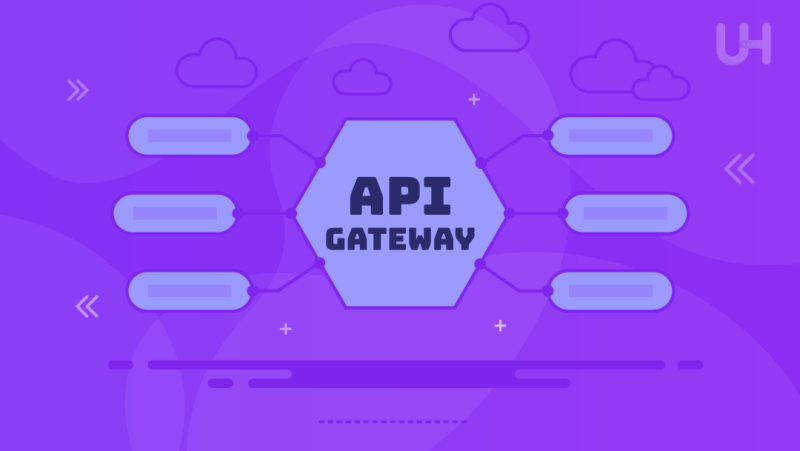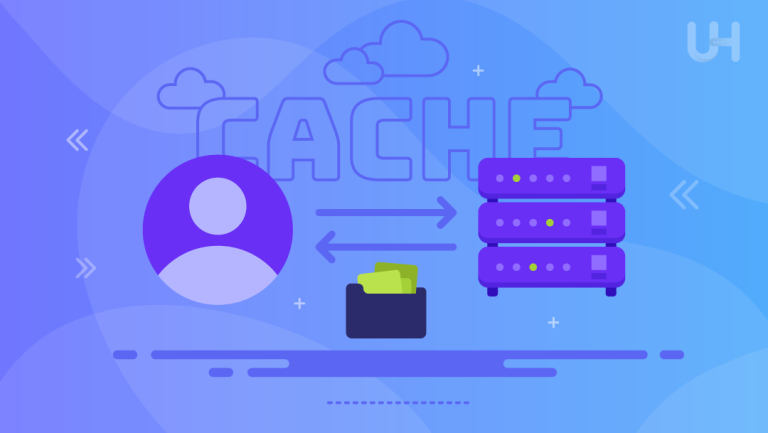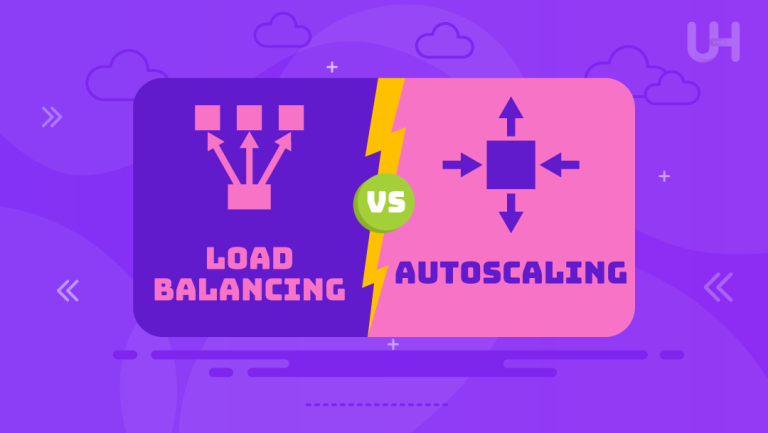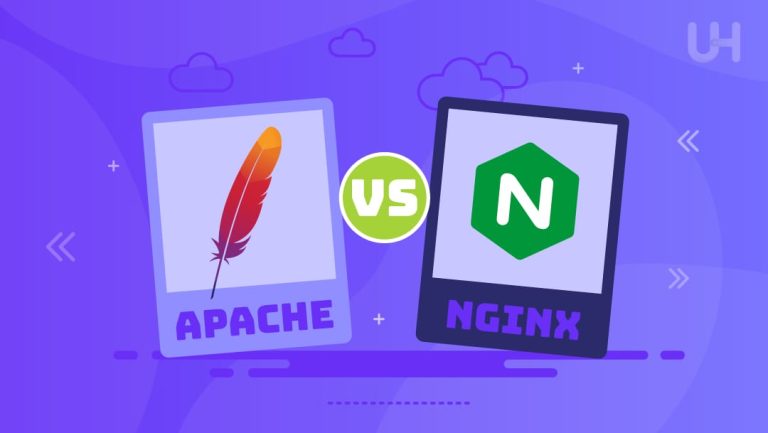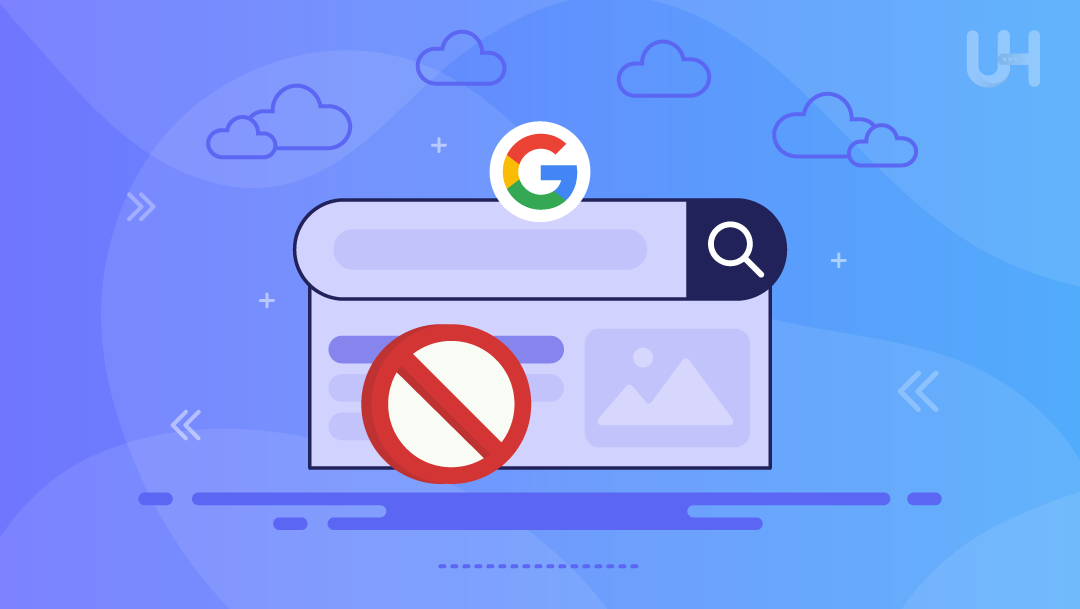Since modern software is becoming more complex, safe and reliable communication between services has become crucial. This is particularly true for microservices systems, where several services have to function effortlessly. An API Gateway is a reliable solution that acts as an entry point to the application’s network of services, managing and distributing API requests to clients and backend services. What is API Gateway, and why is it necessary for modern apps?
In this article, we’ll examine the basic concepts of Application Programming Interface Gateways, how they function, their advantages and disadvantages, and the most common scenarios for their use. Let’s get started!
What Is API Gateway?
The Application Programming Interface Gateway is the central entry point for client queries before routing to the backend service. It is responsible for various important functions, such as routing requests and authentication, data transformation, and rate limitation. It manages client interactions—such as mobile, web, or IoT devices—and the backend service they must access.
Ultimately, it centralizes the communication process and ensures that requests are safe, efficient, and controlled. This improves the application’s efficiency and security and makes it easier for developers to connect seamlessly between different services.
How Does an API Gateway Work?
Gateway API serves as an intermediary between customers as well as backend services. This is a brief explanation of how it operates:
- Client Request Processing: Users of mobile applications, Web applications, mobile apps, or IoT devices can send requests to the Application Programming Interface Gateway instead of connecting directly to backend systems.
- Security Checks: The gateway authenticates requests using diverse methods, including API keys, OAuth tokens, and JSON Web Tokens (JWTs). This ensures that only real clients can use the service.
- Transform and Routing Processing: The application programming interface gateway routes the request to the appropriate backend service and can modify it to assure compatibility with the desired service.
- Gateway Controls Rate Limit and Throttle: The gateway handles limit requests to avoid overloading services. It also helps warrant constant performance even when more than one client sends a request at the same time.
- Response Processing and Caching: When the backend service has processed your request, the gateway will handle the reply to the user. When data is often accessed, caching is a way to boost responses by temporarily saving payoff.
This strategy allows for effective request processing and creates an easy, secure method for managing interactions between customers and service providers.
Benefits of Using an API Gateway
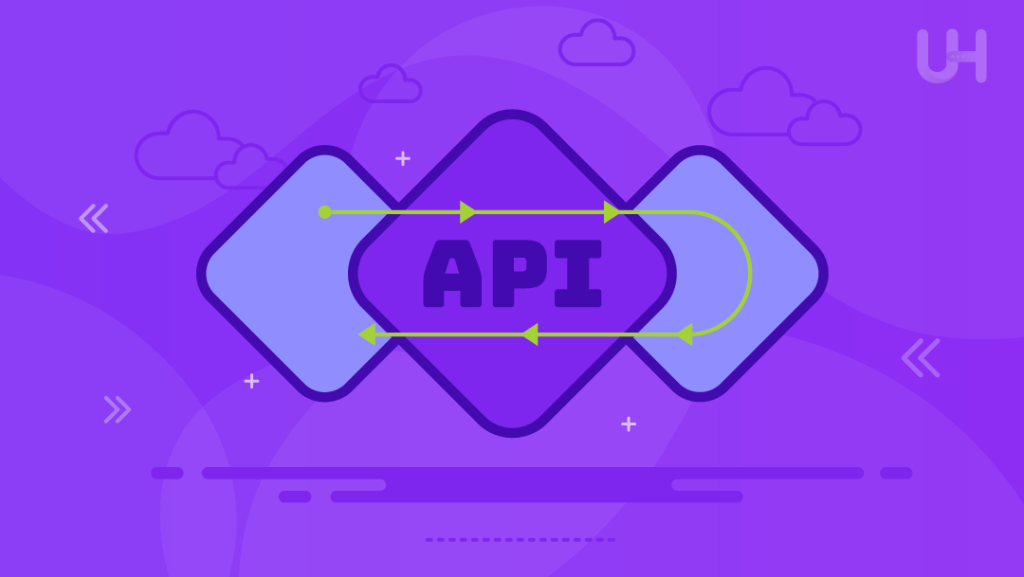
API Gateways give many advantages, making it essential in the Application Infrastructure
- Improved Security API Gateway: It imparts enhanced security. It is a secure layer that prevents unauthorized requests and shields backend services against potential dangers. Administrators can use various data security protocols, including authorization, authentication, and encryption.
- Increased Performance: Load balancing and caching can drastically lower latency and warrant the highest performance during busy times. The cached data that is frequently requested reduces the requirement for repeat calls to backend servers and speeds up user response time.
- Simplified Client Communications API Gateway: With an Application Programming Interface Gateway, clients can communicate with a single API endpoint instead of several. One entry point streamlines development for the client side and gives an organized framework for handling requests.
- Centralized Management: It supplies administrators with a central management point to monitor traffic flow, manage the service version, and scale up resources as required. This allows them to update and maintain services without affecting client applications.
Challenges of API Gateways
Although API Gateways have a myriad of advantages, they have a couple of problems:
- A Single Point of Failure: Since the Application Programming Interface Gateway is the central gateway, any malfunction at the gateway may disrupt access to backend services. Creating redundant gateways or backup plans is crucial to ensure high availability.
- More Complexity: Introducing an Application Programming Interface Gateway introduces extra administration and configuration overhead. Monitoring, security policy, and traffic control procedures need to be managed consistently to avoid possible issues.
In addition, an Application Programming Interface Gateway creates an additional layer of backend service providers, which could result in minor delays in the response time. Even though caching and optimization may assist, latency remains essential in high-performance applications.
API Gateway vs Load Balancer
While both Application Programming Interface Gateways and load balancers direct traffic, they serve different functions:
API Gateway
Handles tasks beyond traffic distribution, such as request transformation, authentication, and service discovery. It’s designed to manage API requests specifically and is ideal for microservices architectures.
Load Balancer
It focuses primarily on distributing incoming traffic evenly across dedicated web hosting servers to ensure no single server is overwhelmed. It works well for balancing load but doesn’t offer API-specific functionality.
Implement An Api Gateway With Complete Control
UltaHost’s Unmanaged VPS hosting allows you to customize and optimize server settings to suit your API infrastructure needs. Achieve top performance and scalability without limitations.
Famous Use Cases for API Gateways
Application Programming Interface Gateways play an important function across various industries and types of applications. These are some concrete examples:
Microservices Communication
In a microservices-based architecture, multiple services must interact via APIs, each with specific features. A central point of access helps simplify and protect interactions by managing communications routes and requests and ensuring security rules among microservices.
Security Management
API Gateway is the desirable choice for applications that require sensitive data, such as financial services, healthcare, or online commerce. API Gateway enforces strict access control, rate limitation, and data encryption to ensure that only requests from authorized users get access to the backend service.
Mobile and IoT Applications
API Gateways offer one API endpoint to allow users of mobile devices and IoT applications to communicate with backend systems. By handling aggregations and transformations, they make client development easier and decrease the burden on backend services.
Third-Party Integrations
If applications are integrated with third-party applications An Application Programming Interface Gateway manages these interactions and ensures a secure, smooth data exchange. This is particularly useful when companies offer public APIs for partners or developers from outside.
Scalable eCommerce Platforms
If you have an eCommerce platform that experiences significant traffic, API Gateway is a must. API Gateway provides load balancing and caching to handle high click-through rates and protect confidential customer data like payment information and personal details.
Top API Gateway Solutions
There are a variety of well-known API Gateway options accessible, each of which offers various features that accommodate different demands:
AWS API Gateway
A fully managed solution offered through Amazon Web Services, AWS API Gateway is ideal for companies already using AWS infrastructure. It is tightly integrated with the other AWS services and supports RESTful APIs and WebSocket APIs.
Kong Gateway
Kong is an extremely customizable open-source API Gateway that provides robust scaling and performance. It also has a plugin-based rate limiting, caching, and authentication system. Kong is widely utilized to manage microservices and can be implemented in multi or hybrid cloud environments.
NGINX Plus
Famous for its fast load-balancing features, NGINX Plus includes advanced Application Programming Interface Gateway features that support authentication, request transformation, and traffic monitoring. This is a great alternative for companies that need a robust solution with strong security and customization.
Microsoft Azure API Management
The Application Programming Interface Gateway solution by Microsoft is seamless with Azure’s ecosystem. This makes it perfect for companies that rely upon Azure services. The portal for developers, API version management, and security options like fast windows VPS, authentication, and authorizations.
Apigee by Google Cloud
Apigee is an incredibly powerful API management tool that provides sophisticated web analytics, options for monetization, and API maintenance. Built for enterprise use, it can be used in multi-cloud and hybrid environments, making it ideal for applications with large amounts of data.
Conclusion
As applications increasingly rely on APIs, API Gateways have become essential for managing these interactions. They route requests, enforce security, and balance loads, enabling businesses to deliver a reliable and scalable user experience. Whether managing microservices or securing data access, an Application Programming Interface Gateway enhances security, performance, and manageability, making it a crucial investment for your API infrastructure.
Support your API Gateway with high-speed infrastructure! UltaHost’s NVMe VPS hosting solutions deliver lightning-fast performance, ideal for handling API requests with minimal latency. Elevate your application’s reliability and speed.
FAQ
What is an API Gateway?
An API Gateway is a server that serves as the entry point for client requests to backend services, managing API calls, ensuring security, and optimizing performance, particularly in microservices.
How does an API Gateway improve security?
API Gateways enhance security by controlling access, enforcing authentication, and managing authorization for each request. They also help prevent potential threats by filtering traffic and enforcing rate limits.
What is the difference between an API Gateway and a Load Balancer?
An API Gateway manages API requests with authentication and rate-limiting features, while a load balancer distributes traffic to ensure high availability and prevent overload.
Why are API Gateways essential in microservices architectures?
In microservices, an API Gateway simplifies communication by providing a single point for requests, managing inter-service communication, and enhancing security and performance.
Can I deploy an API Gateway with Unmanaged VPS hosting?
Unmanaged VPS hosting offers the flexibility to deploy and customize an API Gateway, giving you full control over server configurations to optimize your application’s performance.
What are some popular API Gateway solutions?
Popular API Gateway solutions include AWS API Gateway, Kong, NGINX Plus, and Apigee.
Does using an API Gateway affect application performance?
An API Gateway enhances performance by managing caching, load balancing, and rate limiting, optimizing backend service interactions.





